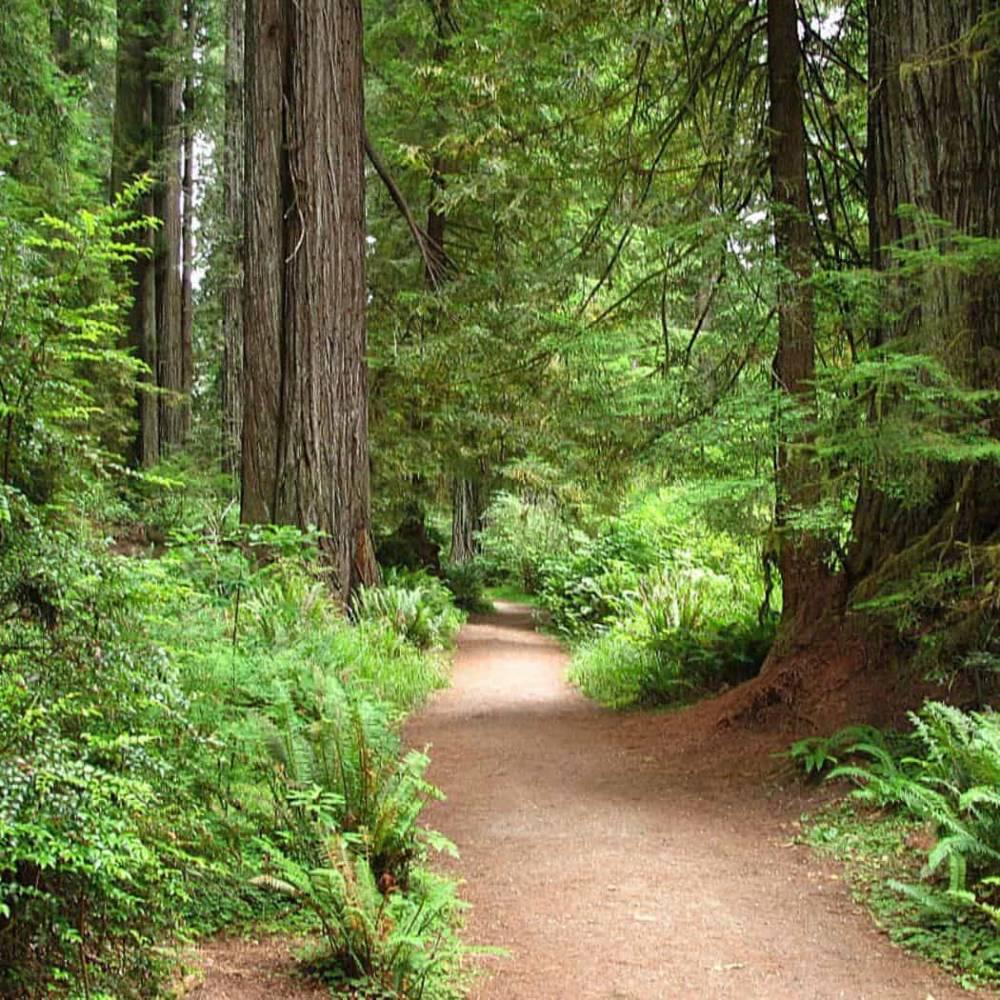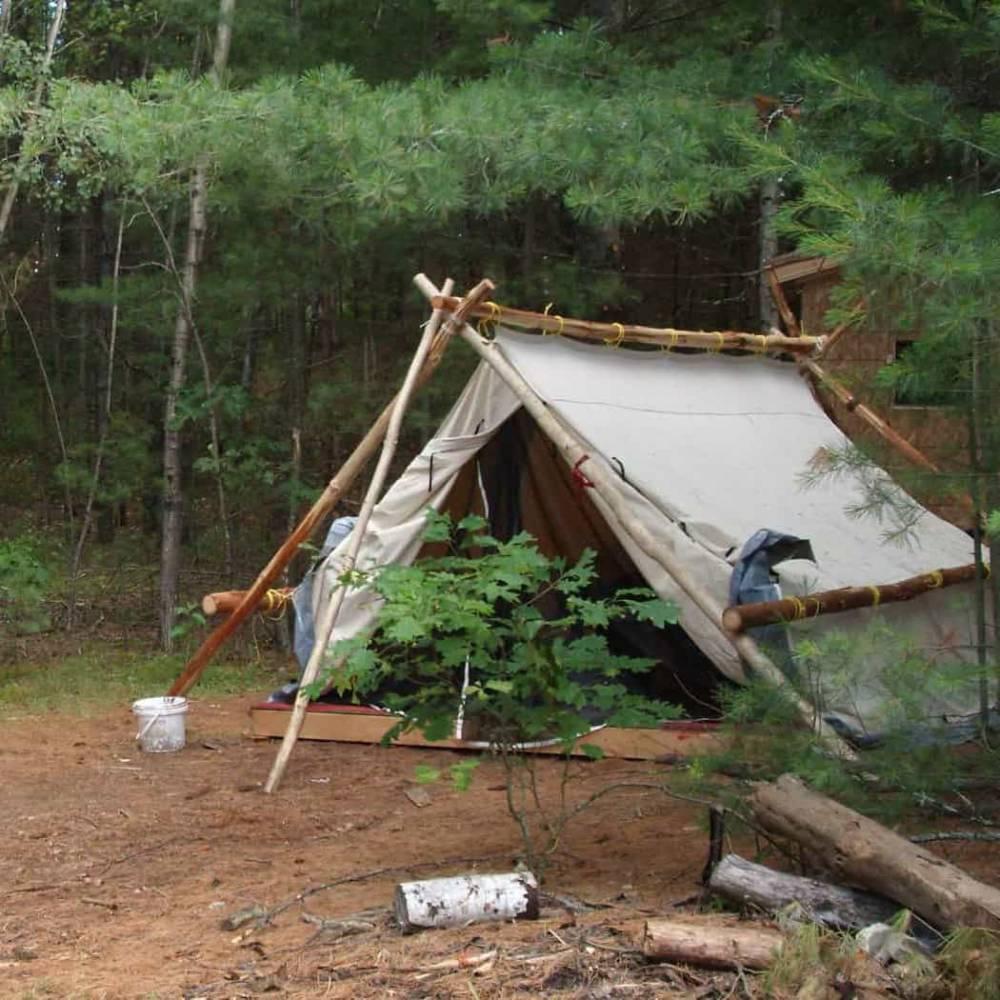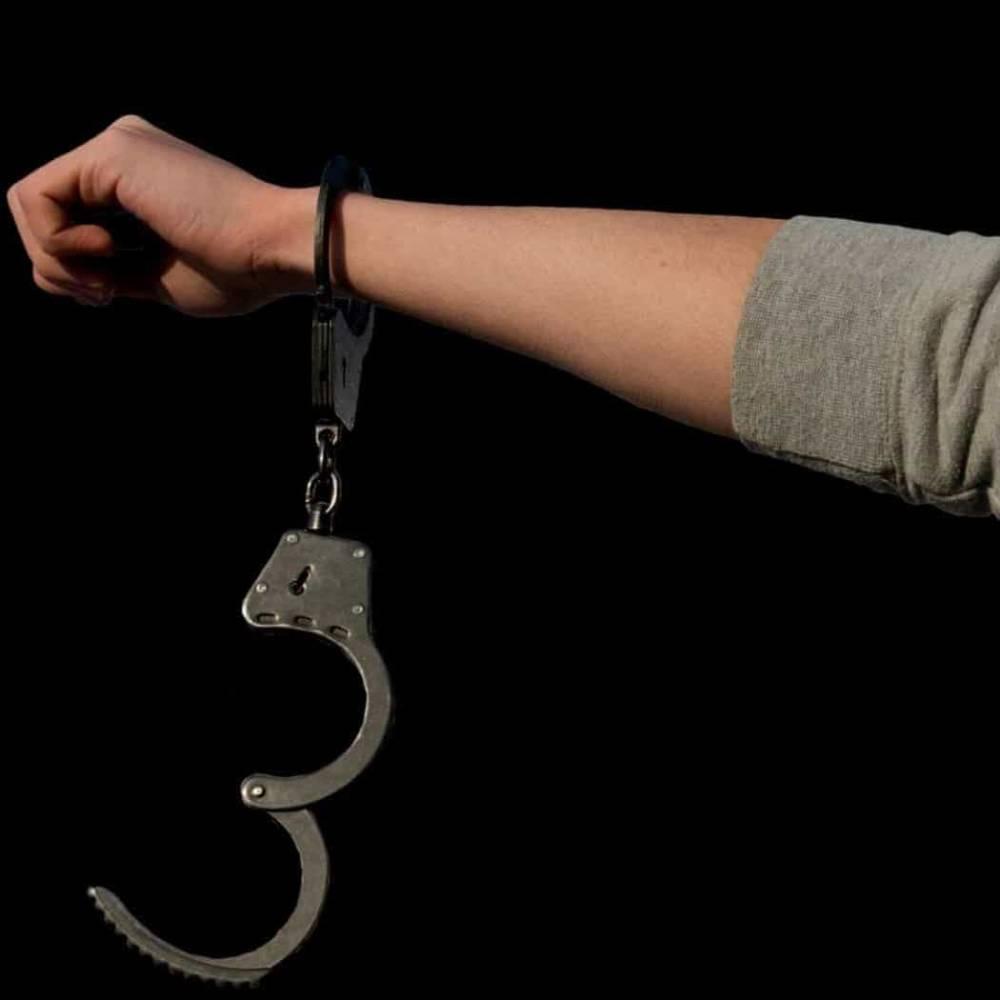The History of Cannabis Prohibition in California, Part 4: The Transition to Legalization
April 14, 2020

Over one hundred years had passed from the time cannabis was first criminalized in California until the historic vote to legalize in November 2016. The movement to free the plant began when hippies settled in Northern California, growing so much amazing weed that the entire area became known as The Emerald Triangle. Determined farmers supported their community through official oppression, going underground to protect their illegal crops from law enforcement. Many people who lived through the hardships of the CAMP years in California would thrive in the grey area of medical marijuana cultivation and sales in the 1990s and 2000s, but now, a fully regulated marketplace threatens to exclude patients and pioneers.
Indeed, the transition to legalization has been a long and difficult road.
Plans to Legalize Cannabis Were Subject to Criticism at Every Turn
The idea of medical marijuana was not widely accepted as it is today when Proposition 215 was passed by voters in 1996.
According to Gallup Poll statistics, in 1996 only 24 percent of Americans were in favor of legalizing medical marijuana, with 73 percent of voters against it. More than 20 years later, in a 2019 Pew Research poll, approval for medical marijuana was up to 91 percent.
That’s a huge turnaround, but over the span of two decades. It took a lot of activism, education and effort to get so many people to understand the benefits of medical marijuana. As medical studies continue to find new uses for cannabis, it’s become widely accepted. However, that didn’t mean medical marijuana laws weren’t still subject to criticism.
With California legalizing medical marijuana first, all eyes were on the state. Politicians, prohibitionists, legislators and law enforcement all criticized the unregulated system, with propaganda groups spreading lies about the plant through incurious media.
Meanwhile, other states started moving towards legalizing medical marijuana in 1998, including Washington, Oregon, Alaska, and Nevada, with Maine, Hawaii, and Colorado following closely behind. All have used a similar ID card system to the one put in place by SB 420 in California. But most states regulated the market more strictly than California.
Today, there is some degree of legal protection for cannabis-using patients in every U.S. state except Idaho, Nebraska and South Dakota. Some states only allow patients with certain qualifying conditions to access cannabis, while others have chosen to only allow the use of non-euphoric CBD. Without federal legalization, citizens must deal with a patchwork of laws that changes from state to state, with no legal way to conduct interstate commerce.
Activists Put Legalization Initiatives on the Ballot
Over a decade after voters legalized medical marijuana, lawmakers made their first attempt at legalizing cannabis through the legislature.
The intention was to separate the medicinal users from the recreational ones while making it legal for all adults. It was 2009 when lawmakers introduced Marijuana Control, Regulation and Education Act. But their efforts fell flat, the bill never reached the Assembly floor for a vote.
Seeing the legislation introduced and failed likely spurred the activist movement. This led to Proposition 19 reaching the ballot for a second time in California, almost 40 years after the 1972 initiative failed. This time around, the new Proposition 19 aimed to legalize cannabis and create a legal industry, with the rallying cry to "regulate cannabis like alcohol."
This 2010 effort was the most ambitious voter initiative to reach the ballots at the time, but it was rejected at the ballot box, with 53 percent of voters against it and 46 percent in favor.
There wasn’t enough support to pass the law in a midterm election. However, SB1449 did pass in 2010, decriminalizing cannabis and contributing to the perception that Prop 19 was too far-reaching.
Colorado and Washington would become the first two states to legalize adult-use cannabis in 2012, followed by Alaska and Oregon in 2014. By the time November 2016 rolled around, presenting voters with Proposition 64, it seemed inevitable that voters would approve. The Adult Use of Marijuana Act passed with 57 percent in favor.
Legalization Doesn’t Mean the Fight to End Cannabis Prohibition Is Over
Cannabis prohibition in California is over, or so we like to think. After Proposition 64 was passed in 2016, the first legal cannabis was sold to Californians with enormous fanfare on January 1, 2018. Unfortunately, high taxes and red tape have made operating cannabis dispensaries difficult, while growers struggle to turn a profit after paying exorbitant licensing fees and making expensive upgrades to property and facilities. Lack of access to banking, including small business loans and traditional lines of credit leaves mom-and-pop operators susceptible to predatory venture capitalists. The illicit market for unregulated cannabis continues to thrive as bureaucratic agencies struggle to adapt by licensing more legal stores and suppliers.
During a worldwide pandemic and a statewide shelter-in-place order that began in March 2020, cannabis has been deemed an essential business, with delivery services and dispensaries continuing to operate within guidelines for protecting public health. Things might have changed drastically in the state of California, but in most states, prohibition is still going strong.
Marijuana-related arrests still make up more than 40 percent of all drug-related arrests nationwide. Not to mention there are still thousands sitting behind bars, either in state or federal prison. Often, for doing something that would not be considered a crime today.
The state of California—as well as many others—are doing what it can to reverse the negative impacts of the War on Drugs. Thousands of Californians have already had their records expunged, and many more will be able to get a fresh start. It's a step in the right direction for sure. But that doesn't mean the fight is over.
Telling These Stories Keeps the Culture Alive
If we don't tell these stories they will be forgotten. The world is changing, and cannabis is becoming something of a social norm. We can’t let the culture and history be left behind.
These are more than stories – they are a legacy left behind by those who have fought against prohibition all these years. They are the people sitting behind bars, still, so you could use cannabis legally today.
In the meantime, don’t forget legalization is still an ongoing fight. And it's not over when initial laws are passed. Support the ongoing fight to end prohibition and reverse the effects of the War on Drugs by subscribing to our newsletter and following Farmer and the Felon Cannabis Co. and The Last Prisoner Project on Facebook, Instagram, and Twitter!
Related Articles
 The History of Cannabis Prohibition in California, Part 1: The Back to the Land Movement
The History of Cannabis Prohibition in California, Part 1: The Back to the Land MovementIn 2020 cannabis is legal in California but it hasn't always been that way. Dive into the history of...
 The History of Cannabis Prohibition in California, Part 2: The CAMP Years
The History of Cannabis Prohibition in California, Part 2: The CAMP YearsGrowing cannabis hasn't always been legal. In the 80s, prohibition in CA and around the world left f...
 The History of Prohibition in Cannabis California, Part 3: The Medical Marijuana Movement
The History of Prohibition in Cannabis California, Part 3: The Medical Marijuana MovementThe medical marijuana movement led to massive changes in the way Americans view cannabis and brought...

